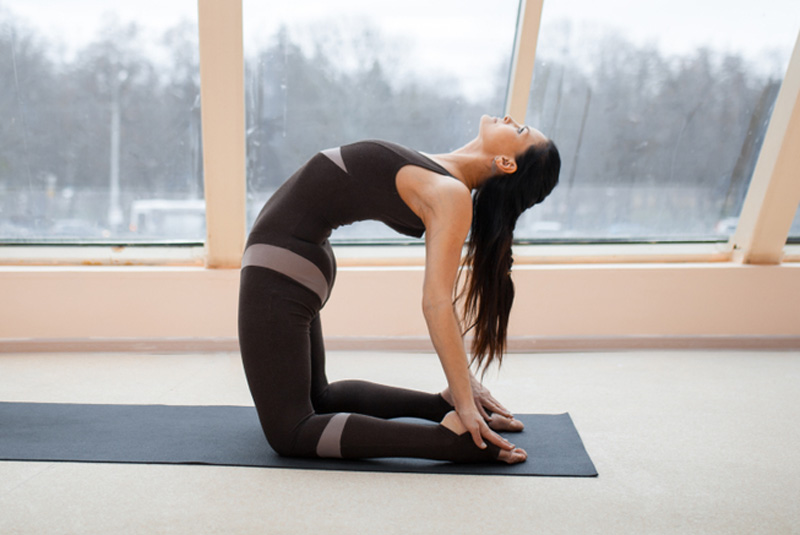

Table of Contents
What is Ustrasana (Camel Pose)?
As the name suggests, in the posture body is positioned to imitate camel , practitioner should try to make hump on the chest by pushing the rib cage upword to open up the chest.
Ustrasana (Camel Pose) Method
There is a traditional method to perform Ustrasana where we start from kneel down position, knees are put hip with apart and hands are raised over head and after performing a deep spinal extension (back bend) hands are kept on the heels, this method requires strong spine and very flexible spine otherwise it could lead to lower back pain through compression specially for beginners
Ustrasana (Camel Pose) Method 2
- Start from Vajrasana (thunderbolt pose) separate the knees and feet hip with apart , place the palms on heels
- push the sitting bones towards the knees to tilt hip backward to create more space for lower back so compression can be avoided while backending,
- now push the feet to floor to engage front thigh muscles (quadriceps) and start lifting the thighs away from calves and push the hips forward and chest upword and pushing the chin upword too
- Finally keep the gaze point to third eye or free.
Ustrasana (Camel Pose) Precautions
- Keep enough cushion under knees to avoid knee pain
- Don’t try to drop the chest downword towards ankles rather push chest upword to make the movement feel more chest and heart opening.
- Make sure to keep hip in posterior tilt so lower back feels spacious and compression doesn’t occur. Do not hang the neck back rather keep the chin lifted up.
Ustrasana (Camel Pose) Preparation and post work
- Prior to Ustrasana do some active backending like Salabhasana , bhujangasana etc. Add some gluteus strengthening like setu bandhasana.
- Do some stretching for hip flexor(quadriceps and iliopsoas).
- After completing the posture practitioner should perform Balasana ( childpose) and gentle twisting to relieve spine.
Ustrasana (Camel Pose) Benefits
- Ustrasana is primarily spine strengthening and spine mobilizing where spine is put in stressful position and done loading on it to help it grow stronger.
- Stretches the hip flexor (quadriceps and iliopsoas) And abdominal muscle (rectus Andominis). Reduces thighs and belly fat.
- Releases emotional stress.
- Increase the rang of motion of shoulder joint complex. Strengthens knee, spine, hip and shoulder joint.
Recent Posts
- Yoga for Pregnant Women
- Yoga for Beginners at Home
- Chair Yoga for Seniors
- Sun Piercing Breath (Surya Bhedi Pranayama)
- Do You Need to Be Flexible to Start Yoga?
- Swooning Breath Yoga (Murcha Pranayama)
- Cooling Breath (Sheetali Pranayama)
- Sheetkari Pranayama: Feel The Calm In Daily Yoga
- Yoga for Every Body: A Beginner’s Guide to Wellness
- An Expert’s Guide to Yoga Philosophy
- What is Yin Yoga? 10 Benefits of Yin Yoga
- The Subtle Energy centres of the human body
- Emotional Healing through Yin Yoga
- Philosophy of action – Karma Yoga
- Yoga for Adolescent Girls
- Pranayama- the Ashta Kumbhakas
- Key Muscles Used in Ashtanga Primary Series
- Spine Health And Yoga: Top 5 Yoga Poses for a Healthy Spine and Back
- Scorpion Pose for Strength and Flexibility: An Ultimate Guide for Mastering the Balancing Act
- Why Multi-Style Yoga Training is the Ultimate Choice for Aspiring Instructors
- How Yoga Science and Anatomy Enhance The Practice
- Yoga for digestive health
- Yoga for Seniors: Boosting Overall Health and Wellness in Later Life
- International yoga day: A Global Celebration of Yoga and Well-being
- Ashtanga Vinyasa Yoga vs. Hatha Yoga: A Comprehensive Comparison


